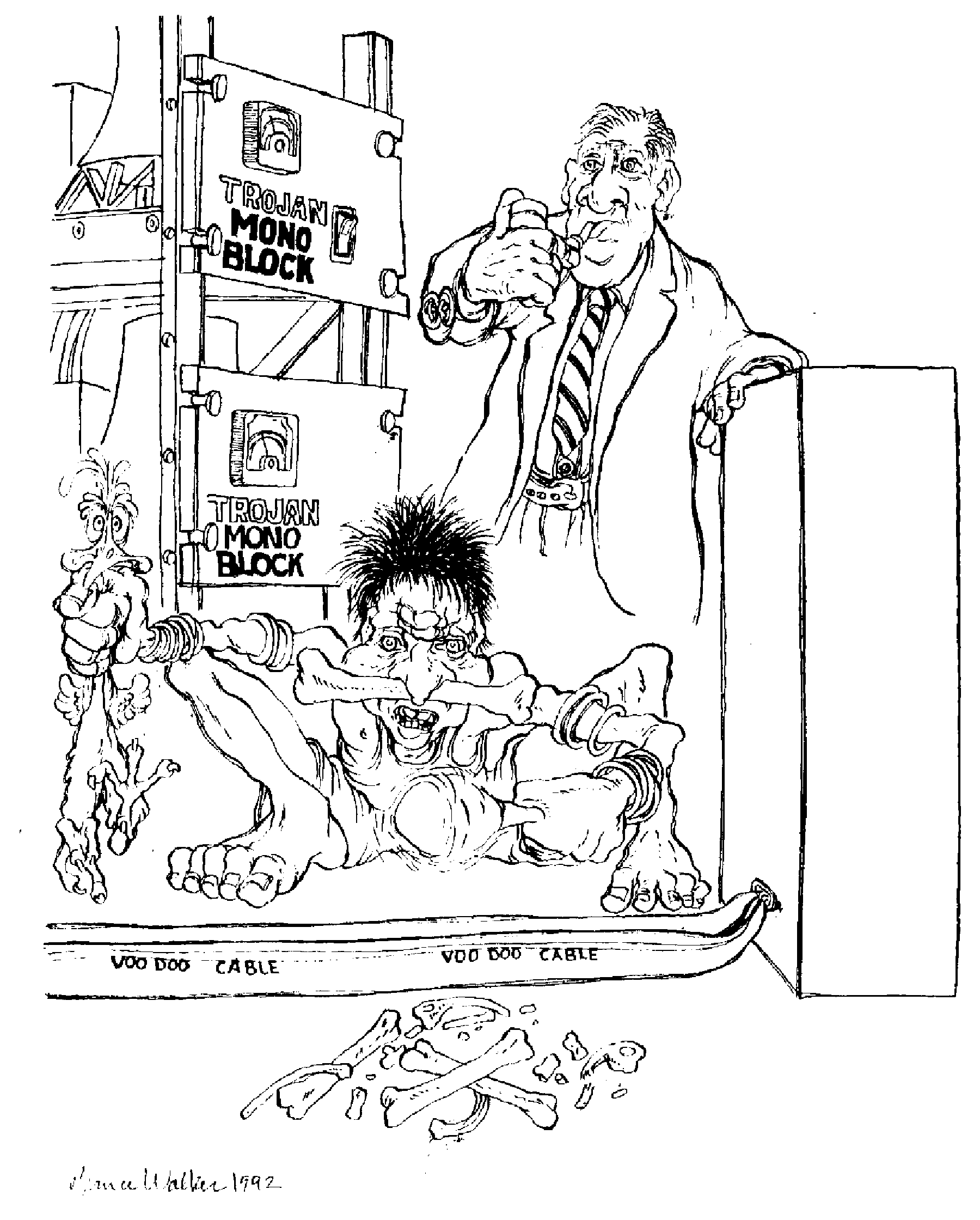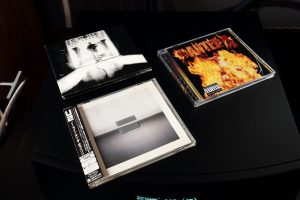In the early days of our hobby, one reviewer reigned supreme. From his first "test report," in 1957, until his retirement in 1998, Julian Hirsch is said to have written— either as himself, or as Hirsch-Houck Laboratories—some 4000 "laboratory test reports" on the hi-fi equipment of his time. (https://en.wikipedia.org/wiki/Julian_Hirsch). All of those were, reminiscent of Consumer Reports, intended, by objective testing and measurement, to see how closely the studied products lived up to their performance claims. Each report gave specifications, actual test results, and comments on such things as build quality and estimated durability. It is rumored, although I can't personally verify it, that nowhere in any one of his reports was the word "sound" ever used.
When seen from the perspective of the times, that was probably reasonable: In the beginning, everything was monophonic (one channel, one speaker), so such things as imaging and soundstaging were not just unheard of, but impossible, and niceties like the positioning of the driver on the speaker's front panel, or if more than one driver was used, their time alignment, made little, if any, difference to the sound.
That being the case for mono, and even some time into the stereo era, Hirsch was of the opinion that the only things in a hi-fi system that really made a difference were its electromechanical transducers—the phono cartridge and the speaker(s). Everything else, he regularly contended, was of little consequence. The turntable was just a device to turn the records and, as long as its speed was correct and constant and its rumble (mechanical noise) and wow and flutter (short-term speed variation) were low, it was just fine. Similarly, the tonearm was just something to hold the cartridge, and, as long as it held it in the right position, at the right angle, and allowed the cartridge's stylus to track the groove at the right tracking force, what could go wrong? As to the electronics, even back then virtually everything had total harmonic distortion (THD) well under one percent (so, obviously, no one could hear it); and a bandwidth at least as wide as that of human hearing (20Hz to 20kHz). And in those days, people believed that wire—the thing that connected everything else together—was just wire; so what, other than the cartridge and speaker(s), was there to worry about or to review?
All of that changed with the coming of subjective reviewers, particularly J. Gordon Holt (founder of Stereophile) and Harry Pearson (founder of the absolute sound). Those men were less concerned with how a thing tested than how it actually sounded, and they discovered and taught their readers that everything matters and has—even to the material of the turntable's platter and the mat on it that the record is set on— a distinct and clearly audible sound of its own that contributes to the overall sound of the system that it's part of.
Certainly, credit for some of that new approach and awareness should go to Holt and Pearson, but the fact of it is that, as hi-fi got better and better, and particularly after stereo came along, more sonic differences were exposed, and it became progressively easier to hear them. Better gear allowed for the hearing of more information from the recordings and exposed more of what the system was doing to—and with—it. That, in turn, allowed for the design of better gear, which made for better hearing of more information, and around and around…
And, while that was happening, equipment reviewing was changing, too. Over time, it's gone from being just laboratory testing to get some numbers, which might or might not have had any meaning for the reader, even if he was a fervent and knowledgeable audiophile, to now, where purely subjective reviewers tell us that something is "musical" (usually meaning something like "lush" or "rich") or "analytical" (reviewer code for "too bright" or "too thin"), and go on from there through an entire descriptive lexicon to try to tell us in words exactly what the reviewer experienced when he was auditioning a particular piece of gear.
The problem is that both approaches leave much to be desired. Numbers may tell us about performance but they're not likely to give us much of a feeling for what something actually sounds like, and verbal descriptions (which, frankly, I greatly prefer) can vary wildly because, intentionally or not, they tell us not only about the particular piece of gear under review, but also about the system it was played as part of; the room that it was played in; and the tastes and preferences of the person who did the listening.
For example: two of the worst-sounding systems I've ever heard were set up in identical (yes, really identical), very large, thoroughly acoustically-treated rooms, and both systems consisted only of components, speakers, and cables selected from the top rank of one well-known magazine's list of recommended components. The problem was that, although all of the parts were good, they didn't work well together.
For another example: two models of planar speakers, one magnetic and one electrostatic, both sounded completely different when played on near-identical systems in two nearly identical (same size, same shape) rooms. Each sounded good in one of the rooms, and awful in the other. The problem was (probably) the bi-directional dispersion patterns of the two planar speakers and how they interacted with the furnishings and details of the rooms. Two sets of cone or horn speakers, each having only a single direction of focus, might both have sounded more similar to each other in those same two rooms.
For even more examples: one small British two-way speaker system was loved by a reviewer for one highly regarded audiophile publication but described as intolerably bright by others from other magazines. The problem? Some reviewers like overly bright sound, believing it to reveal more detail and to enhance imaging. Others have different rooms or tastes and preferences and just think it's too bright. In another instance, one famous reviewer was given the opportunity to re-set the internal adjustments on a solid-state CD player under review. When he was finished, he gave the player top marks, declaring it to be "tube-like" in its sound quality. The manufacturer heard the changes and remarked to me that he thought it sounded "brown and gluey." I agreed with him.
So, what does this all mean?
Do read reviews and other articles. That, and word-of-mouth from your friends or dealer are the best ways to keep up with what's happening in our industry and, ultimately, to get the very best sound for your system. Be picky about what you believe, however. Try to find reviewers who have similar tastes to yours, and a similar listening philosophy, and who do their reviewing on similar systems in similar rooms. Make sure the music they listen to is similar, too. Classical music and rock, just to name two of the many different musical genres, are sufficiently different in their approach and content that what sounds good on one system might not sound as good on another.
Used properly, reviews can be valuable and save you time and money in getting the best sound possible from your system. And even otherwise, they can still be fun reading—especially for gear up in the "silly expensive" range.
Enjoy!








































